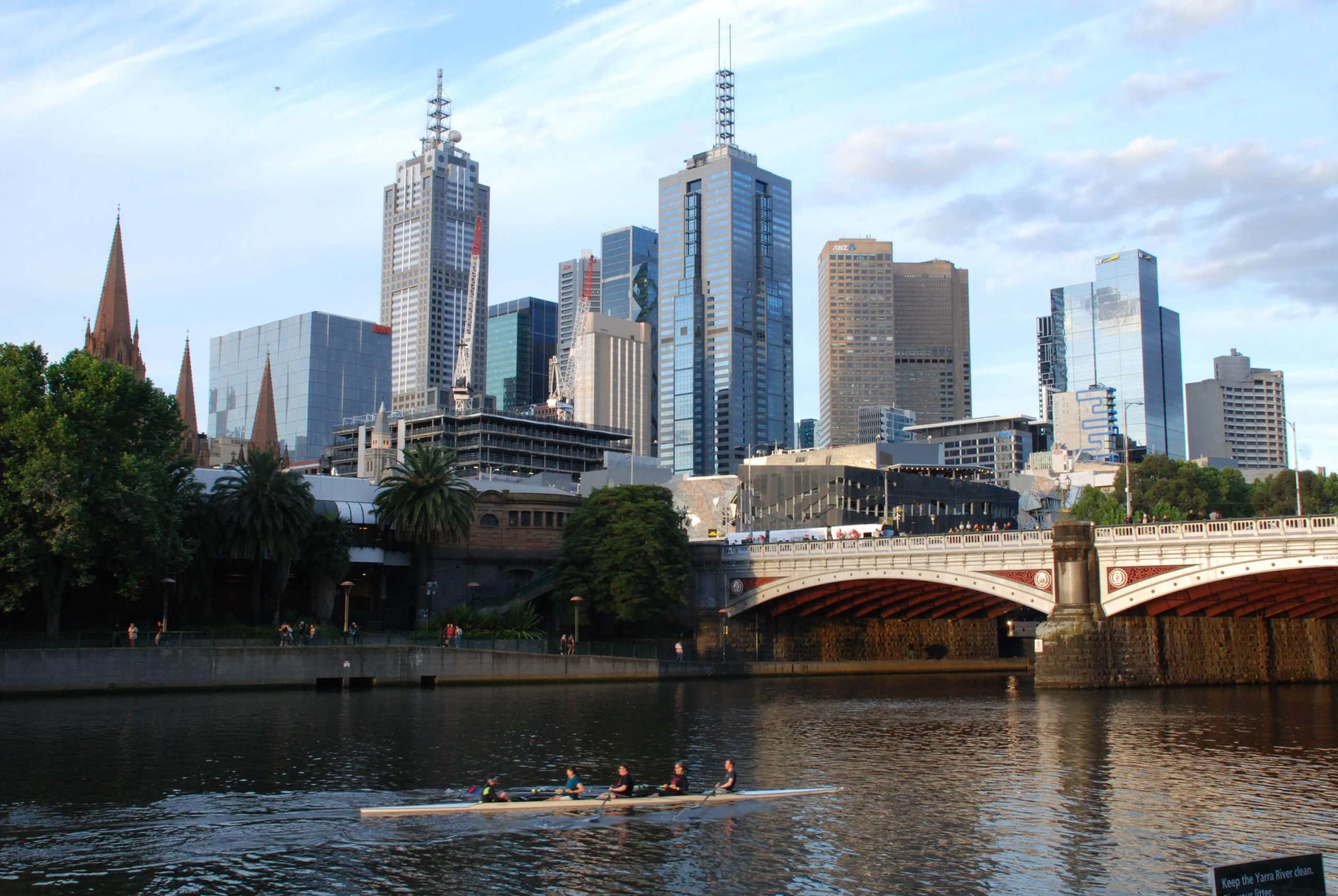Understanding Off-Peak Electricity in Australia
In Australia, where energy efficiency and sustainability are paramount, off-peak electricity usage has become a key strategy for residents to lower the amount of electricity costs and reduce the strain on the power grid during peak hours.
This article explores the various aspects of off-peak electricity, highlighting its benefits, how it works in different states, and how consumers can take advantage of this cost-effective solution.
Connect Your Utilities In Under 8 Minutes
Get connectedUnderstanding Peak & Off-Peak Electricity:
Off-peak time periods are when electricity demand is at its lowest. These hours are typically during the night, on weekends, and public holidays.
To encourage consumers to shift their electricity usage to these times, energy providers offer off-peak pricing, which can lead to significant cost savings.
The term ‘peak usage’ often appears on our electricity bills, yet its interpretation varies among customers depending on the type of energy plan they’ve chosen.
Speaking of electricity bills
Interested to see how your electricity bill stacks up against the rest of Australia? Check out our article on the average Australian electricity bill here
For those subscribed to a single rate tariff, the cost of electricity remains constant regardless of the time of day it’s consumed. Nevertheless, energy providers still categorise these rates as ‘peak usage.’ This classification applies, especially if you have a controlled load, where you enjoy reduced rates for hot water heating or pool pump usage.
Conversely, if you’ve opted for a time-of-use tariff, your electricity costs fluctuate based on the time of day you consume power. In this scenario, the ‘peak usage’ segment of your invoice accounts for the electricity consumed during peak hours.
The details and expenses associated with peak energy use can be found on your bill, alongside other electricity tariff-related information. For single-rate tariff users, the peak usage component reflects all energy consumption, except for any controlled loads, if applicable. Time-of-use tariff subscribers, on the other hand, will see peak usage costs listed alongside off-peak and ‘shoulder’ costs (the shoulder period between peak and off-peak hours, if applicable), as well as daily supply charges.

Off-Peak Times Across Australia:
The implementation of off-peak electricity varies across Australian states and territories, with local energy distributors setting specific time-of-use tariffs.
For instance, in New South Wales (NSW), Ausgrid sets the time-of-use tariff, with off-peak hours usually occurring between 10 p.m. and 7 a.m. on weekdays and all day on weekends and public holidays.
In Victoria, residential customers may experience off-peak hours between 10 p.m. and 7 a.m. on weekdays and all day on weekends. Queensland (QLD) follows a similar pattern.

Off-Peak Tariffs and Smart Meters:
To take advantage of off-peak electricity rates, consumers typically need a smart meter installed. Smart meters enable precise measurement of electricity use during different times of the day.
With this technology, households can track their electricity usage and make informed decisions about when to use power-intensive appliances such as washing machines, clothes dryers, and heaters.
All about smart meters
Curious to know more about smart meters? Well the smart thing to do is check out our article talking about all things “smart meter” here!
Maximising Savings:
- Appliance Usage: Consumers can schedule power-hungry appliances, like washing machines and clothes dryers, to operate during off-peak hours, resulting in lower electricity costs.
- Hot Water Systems: Off-peak electricity is commonly used to heat water, saving on energy bills. Many households have a controlled load tariff specifically for hot water systems.
- Solar Panels: Combining solar panels with off-peak electricity can lead to substantial savings. Excess energy generated during the day can be stored and used during peak times.
- Energy Efficiency: Improving energy efficiency in the home can further reduce electricity usage and costs. Proper insulation, LED lighting, and efficient heating and cooling systems all play a role.

Incentives for Energy Efficiency:
Some Australian energy retailers offer incentives to encourage energy efficiency during off-peak periods. Consumers need to explore different energy plans and options provided by their energy retailers.
Off-peak electricity in Australia is a valuable tool for consumers looking to reduce their electricity costs and contribute to a more sustainable energy future. By making the most of off-peak pricing, households can strategically manage their electricity consumption and take advantage of different prices throughout the day.
As Australia continues to evolve its energy market, off-peak electricity will play a significant role in managing the nation’s energy demands while promoting energy efficiency. By embracing this approach, consumers can not only save on their electricity bills but also support a greener, more sustainable energy landscape.



 Justyn Harrison
Justyn Harrison 






